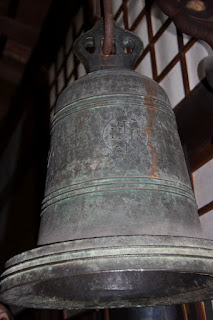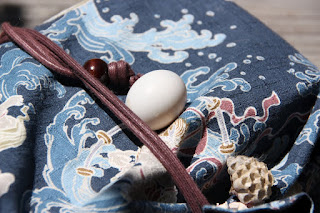The Catholic Standard & Times will have a two page spread on the Stations of the Cross in its Lent issue, which comes out tomorrow. It's a collaborative effort. Sarah Webb visited more than a dozen churches in the archdiocese to photograph the stations. The team selected one station from each parish to feature, along with a short point of meditation. When I visited last week (to bid farewell to the marvelous Sabrina) I got to see the piece in progress. The photographs were in place, and the graphics, but the text was mocked up using lorem ipsum.
Lorem ipsum is standard dummy text, in use by printers and graphic designers since the 16th century. It looks like Latin, but isn't. Your eye registers it as "readable text" but your brain doesn't get distracted by actual content. Using this sort of text in layout is called "greeking" — as in "it's all Greek to me."
Encountering another verbed coinage, frogging, is what finally drove me to do some reading about this form of linguistic production. (I've got a couple of books on this in my sabbatical stack, as the period I'm reading in was very productive in terms of new chemistry terms, including names for elements.) Frogging is a knitting term, mean to rip out completed work. Why frogging? "Rip it, rip it...." Definitely. Verbing weirds language.
Read the sign carefully to see what happens when placeholder text doesn't get replaced! "Approval for this trial has been given by [Insert ethics/committee and/or regulation authority]." (lower right hand corner, there are two other insert prompts in the text!). I saw this billboard ad on the platform at 69th Street yesterday morning.









